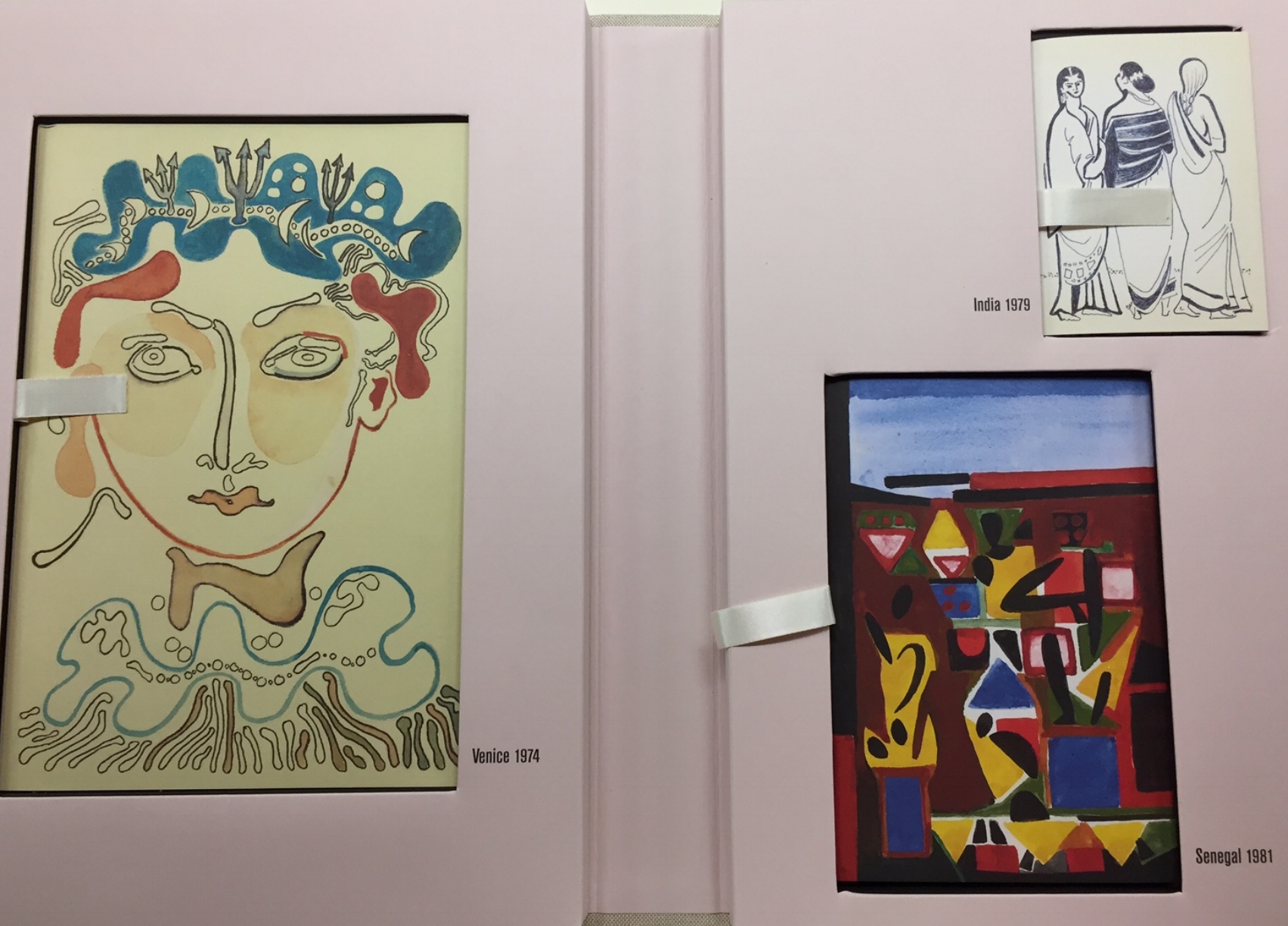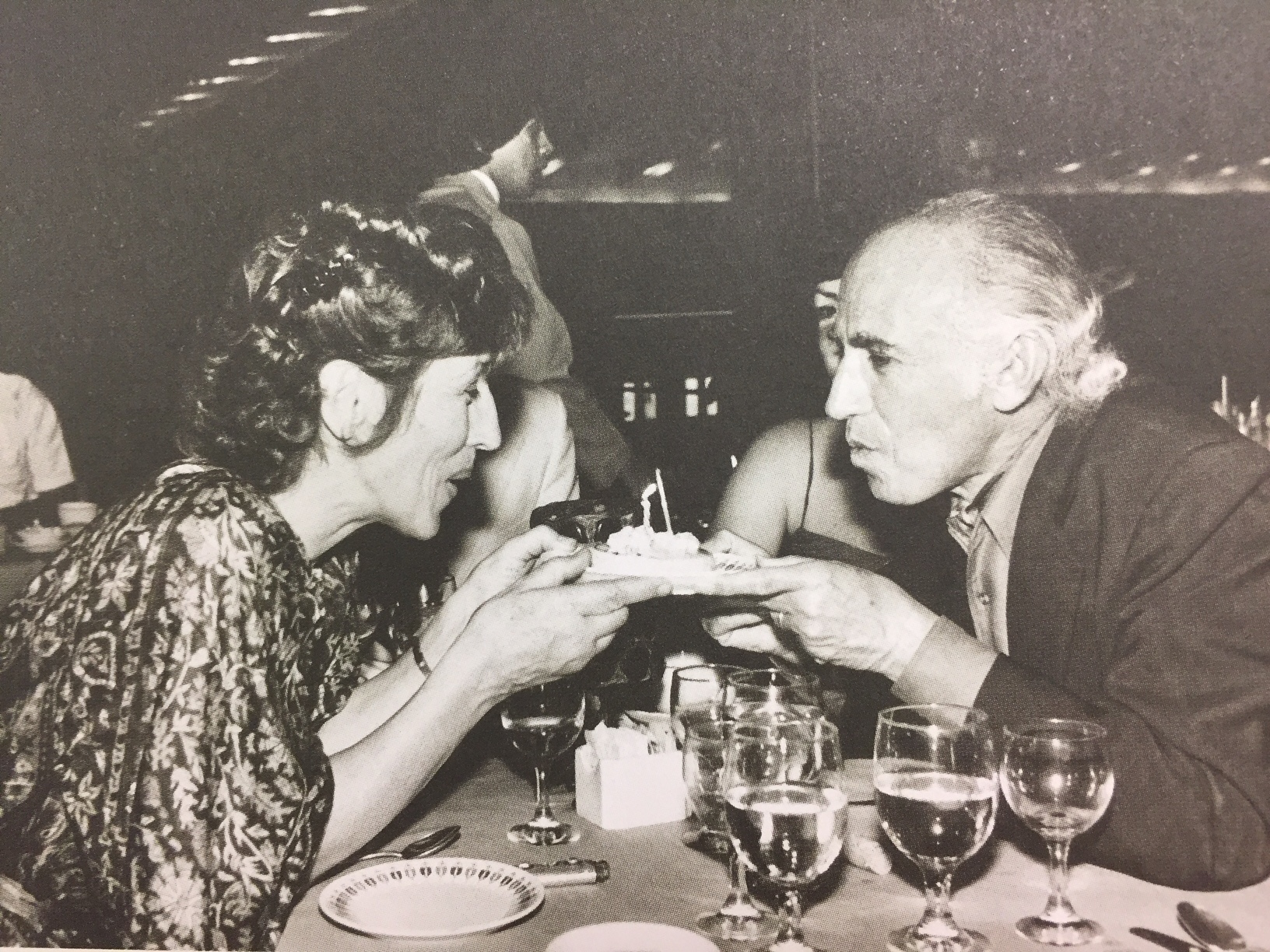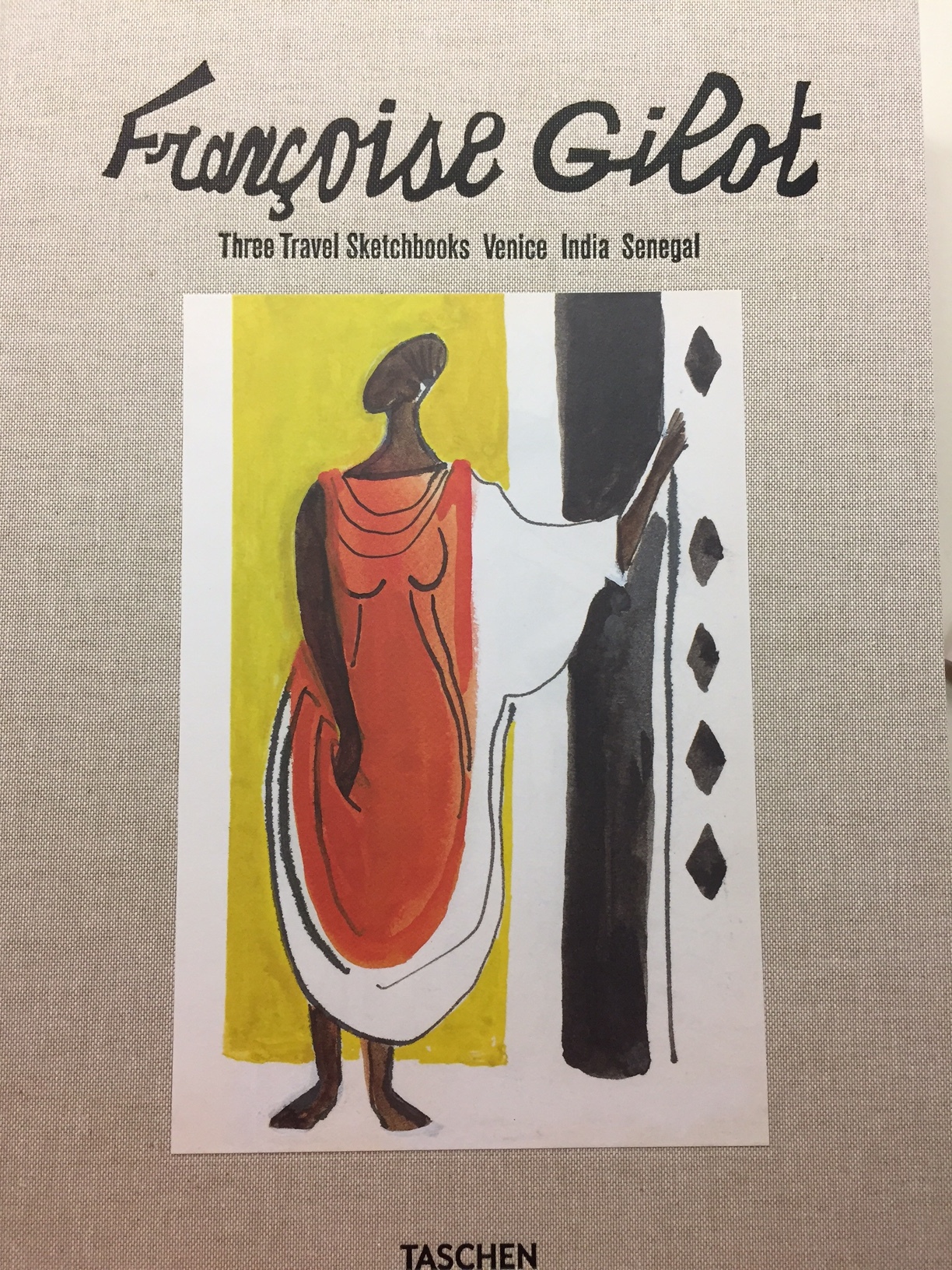I worked on a film biography for PBS on Picasso in conjunction with MoMA’s first comprehensive retrospective after Picasso’s death. William Rubin, the chief curator of MoMA, who was organizing the exhibition was adamant we not interview Francoise Gilot because he was very concerned about getting loans from Picasso’s widow Jacqueline who was controlling an important part of his estate and he thought contact with Gilot might jeopardize that, given the acrimony with which Picasso and Gilot had landed after her 1964 tell all memoir about her life with him.
I had read Life with Picasso and thought it not only bold but instructive. It told how to hold your own with a powerful man. I came away admiring the only woman who had been able to extricate herself from Picasso and go on and have a productive life. I fought for her inclusion in the film, but I was very junior and had no say.
Though I did spend time with Claude and Paloma her children, it wasn’t until 2012 on the occasion of her show at Gagosian Madison that I finally got to meet her. She was on the arm of John Richardson, Picasso’s biographer, who is still working on the last volume of his definitive series on the life. Frail but steely is how she came across to me.
For a long time I had not admired her work as much as her person.
But having now received the new Taschen set of three sketchbooks she made while on travels to Venice India and Senegal, I am newly taken with it. These more spontaneous drawings, watercolors and make for a window into this remarkable woman that is a fresh look at the open, attentive, original way she has seen the world.
Gilot was a young artist when she met Picasso at 21, an acolyte. Inevitably, there has always been Picasso in her work. That’s not being revelatory. There is something of Picasso in almost every artist who worked in the 20th and 21st centuries.
But it is Matisse she invokes in these sketchbooks. She says he was the painter she felt closest to. That would have driven Picasso, who felt Matisse was his most important rival, crazy.
The Taschen series, 1974-1981, is a lively, colorful pictorial diary of her exotic travels. They began when she traveled with Jonas Salk, having moved on from an artistic genius to a scientific one (there was photographer Luc Simon in between). Francoise was both a companion to famous men (some women have a talent for that) and an artist who was able to maintain her own practice even in the midst of these larger lives.
“These little books are complete in themselves,” she says. “I made them, and then once I’d made them I was free. For me these little books are a step toward freedom.”



